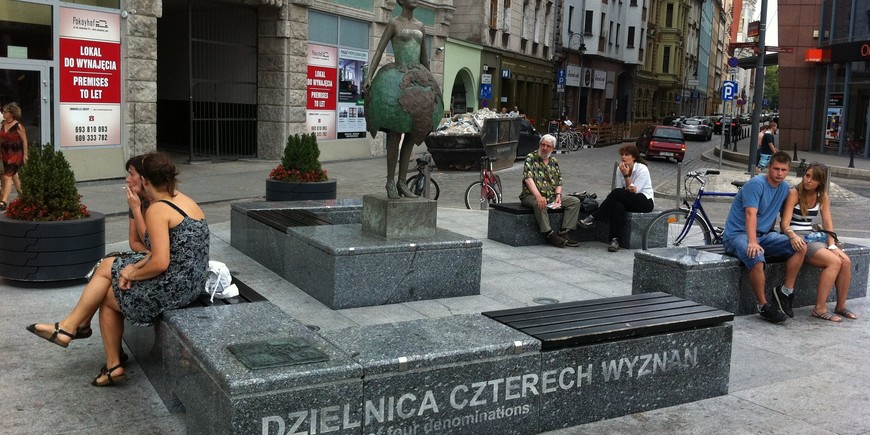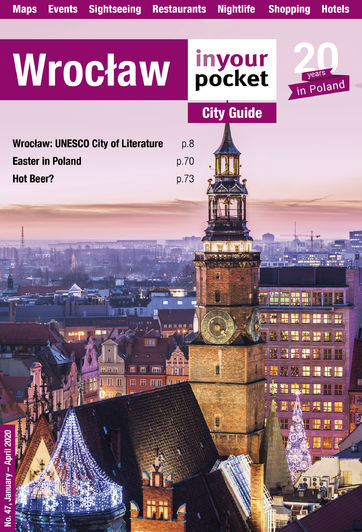The Backstory
Granted, Wrocław has no shortage of churches and here you’ll see as many skyline spires as the next ‘next Prague’. And yes, like the rest of PL, Wrocław’s population is predominantly Roman Catholic; the city is the seat of an Archdiocese, after all. However, it wasn’t always so. In fact at the turn of the 20th century Wrocław (then known by the German name 'Breslau') was predominantly Protestant – one of the only cities in Silesia to be so. Forced post-WWII resettlements and migrations continued Wrocław’s tradition of diversity as people from Poland’s former eastern territories (yoinked by the USSR) were herded into cattle cars with their few belongings and transferred to the ‘recovered territories’ of PL’s new western border (one of Germany’s primary post-war penalties). Wrocław was christened the ‘Second Lwów’ as Germans were exiled and a large influx of Greek Catholics and Orthodox Christians of Ukrainian and Lemko descent drastically changed the cultural and religious makeup of the city once again. 20,000 Jewish survivors also represented a significant influx, but as a result of discrimination and the ever-present fear of pogroms by 1970 their numbers had dwindled to almost nil.Despite fierce post-war Polonisation [see Recovered Territories feature], including the popular communist party propaganda slogan ‘Here every stone speaks Polish,’ in the unique nook now known as the District of Mutual Respect practising Lutheran, Orthodox, Roman Catholic and Jewish parishes were only a stone’s throw away. In fact it was a stone’s throw that inspired the four parishes to recognise their proximity, communicate and cooperate towards a more peaceful coexistence.
Hooray for Hooligans - or - ‘Programmes, Not Pogroms’
Though in existence for decades, the District of Mutual Respect was truly born in 1995 when a stone came hurtling through one of the historic stained glass windows of the Roman Catholic Church on ul. Św. Antoniego, almost striking the sister of the then pastor of the parish, Father Jerzy Żytowiecki. Days later another stone was thrown at an icon outside the Orthodox church on ul. Św. Mikołaja, prompting Jerzy Kichler – a Jewish community leader who bore witness to the event – to go have a word with Father Żytowiecki. Soon the resultant dialogue was extended to the leaders of all four temples, and after several meetings they were collectively committed to creating a culture of communication and cooperation within their closely-knit community, the area of which they dubbed the ‘Four Temples District,’ ‘District of Tolerance’ and ‘District of Reconciliation’ before agreeing upon the District of Mutual Respect.After successful name selection, the collaboration continued with shared prayer dedicated to the memory of victims of war and persecution, and it continues today with events and educational programmes that foster dialogue between the separate congregations, emphasising their commonalities and respectfully avoiding the sensitive topics that have divided them for centuries. A true litmus test for the partnership came with the Great Flood of 1997 when the neighbourhood came together in crisis to aid each other regardless of denominational differences; medicine was made available to all by the pharmacy of the Roman Catholics, while all foreign donations were fairly distributed to those in need. The cordiality of the community today even extends to all four faiths celebrating church holidays together, even those that aren’t traditionally observed by all congregations (way to maximise those Chanukah presents!).




Comments